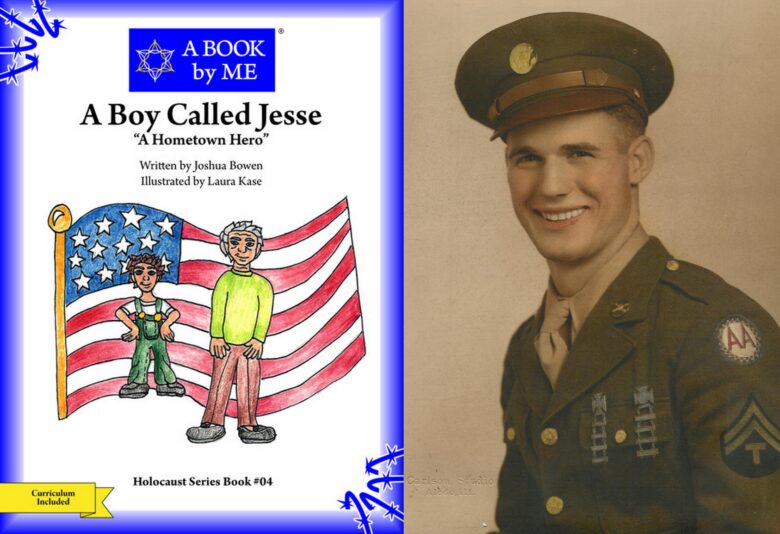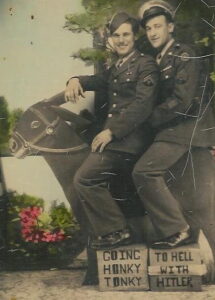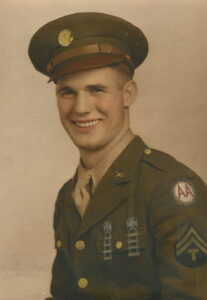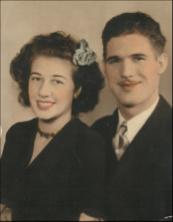A Boy Called Jesse
Written by Joshua Bowen and Illustrated by Laura Kase
A BOOK by ME - True Stories Written by Kids for Kids
After the first books in the series were completed and distributed about three local Holocaust survivors, Allan Ross, the Executive Director of the local Jewish Federation, handed me a list of local WWII veterans who had liberated concentration camps. Jesse Crawford was the first one I called and his memories of WWII painted a horrifying picture for me.
I visited him and Jesse answered the door in bib overalls like most farm boys I know. But after the Allied victory, this boy had seen firsthand the horrors of the Holocaust, the absolute worst humanity had to offer. While liberating a concentration camp, he saw walking skeletons who were trying to grasp the fact they were liberated. The Allied troops witnessed the strength of the human spirit in these people who had endured such evil and such pain.
Many years later, there was a heavy weight on Jesse’s heart. He helped liberate them but knew their scars would remain forever. Jesse could not go into a school to speak of this horror but he felt safe talking to our son at the kitchen table. That’s how the first veteran storybook, A Boy Called Jesse was born.
Jesse will always be a hero to me!
Deb Bowen
Executive Director Understanding Works
“Jesse was a scared teenage boy during the war who just did his job. When we won the war, he was surprised and sick about what the Nazis had done to the Jewish people. He wanted me to tell kids what he saw with his own eyes.
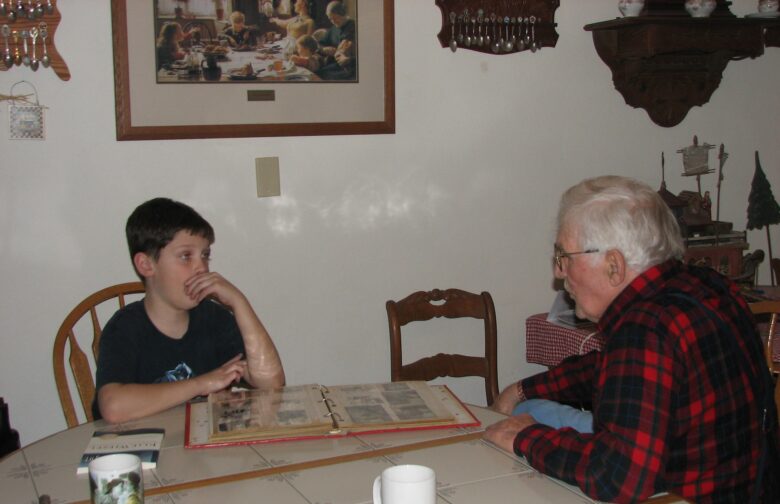
Joshua interviewing Jesse Crawford
If someone ever tells you that the Holocaust didn’t happen, do not believe them. I saw Jesse’s hand shake and his voice cracked when he showed me his war photo album. If he says it happened, it happened.”
I hope you enjoy Jesse’s story!
Joshua Bowen, Young Author
- Author Joshua Bowen
- Illustrator Laura Kase
Earl (Jesse) Crawford, 644 Tank Destroyers, 4th Calvary Recon
Earl Crawford Jr. was born and raised in Aledo, a small farm community in western Illinois. He was the baby of his family, with an older brother and two older sisters. As a small boy, he liked to dress up as the famous bank robber Jesse James, so his teacher nicknamed him “Jesse.” After that, as he liked to joke, no one but the IRS used his given name of Earl. Like many other young men his age, Jesse enlisted to fight in World War II after the Japanese bombed Pearl Harbor.

Jesse was nineteen years old when he shipped out to Le Havre, France. From there, his unit was sent to Münchengladbach, Germany [now Mönchengladbach]. They traveled in small boxcars that were called “40 and 8s,” because they held forty men or eight horses. Like most of the American soldiers, Jesse had lived a happy and free life in the United States. He was unprepared for all the suffering and destruction he would witness.

He worked long, tiring days repairing American tanks. One highlight he remembered well was seeing Bob Hope perform for thousands of GIs. The show lifted their hearts. They knew the work they were doing was critical to their country and to the people of Europe, and Bob Hope’s show brought them encouragement and hope.
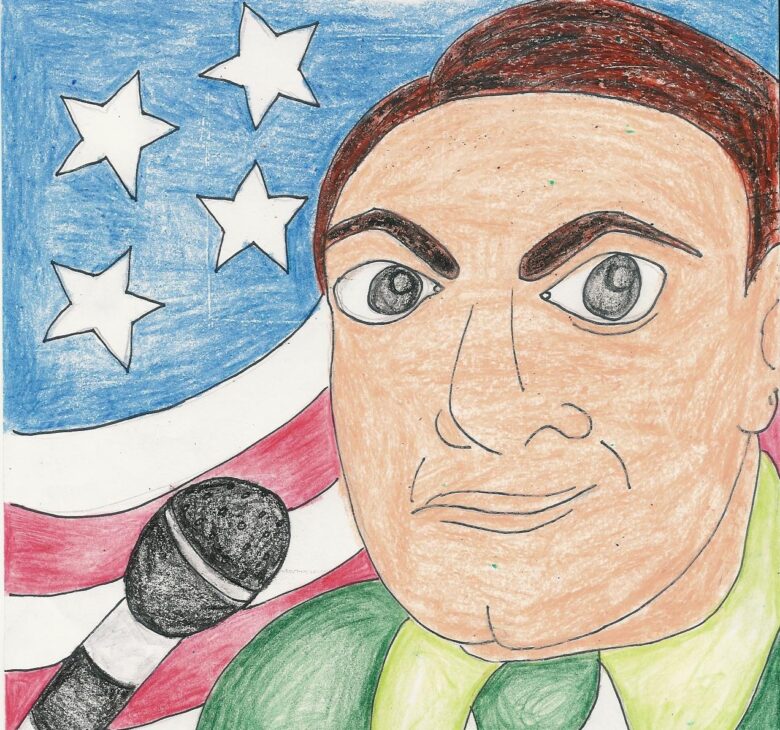
As the Allies won battles throughout Europe, the soldiers came upon the prison camps that we now call the Nazi concentration camps. They had heard rumors of the horrific treatment of the Jews, but they didn’t know if the prisoners they were seeing were criminals or innocent people. Jesse’s unit was sent to an open field near Sinzig, Germany, where they were told they would guard prisoners who would be brought in. When Jesse first saw the “walking skeletons” coming off the train, he felt sick.
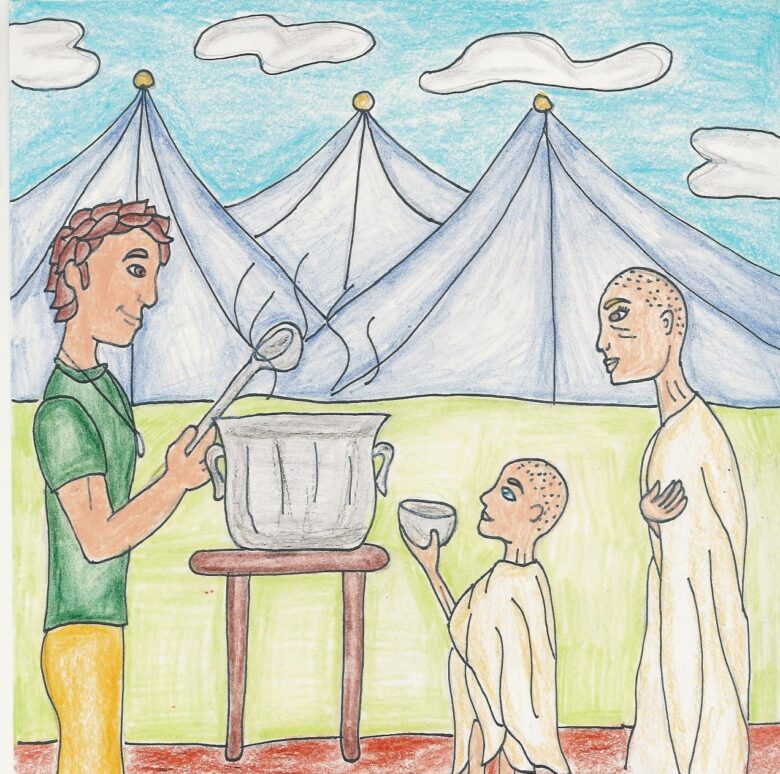
Jesse was so sickened and distraught he couldn’t work with the prisoners the first day. The second day, he dreaded what he had to do and took a shot of whiskey to bolster his nerve. The people from the train were so starved that he didn’t think they could possibly survive. The American soldiers knew only that the prisoners were Jews from a nearby Nazi work camp. Emaciated and sick, some were too weak to live, but some did survive. The soldiers built shelters and fed the people. There was little food, but certainly more than the newly freed prisoners had been getting. As time went on, more food was available, and the prisoners who survived grew stronger. The American soldiers began the process of sorting out who the prisoners were and where they were from. Many didn’t even want to think about going home, knowing their families had died. Others did want to return to their hometowns to see if there were any survivors.
This countryside camp was intended to be a temporary shelter for the liberated survivors as they began reclaiming their lives. Once Jesse’s unit had established the camp, French forces took over. Jesse’s unit moved southeast to establish another camp on the Rhine River near Koblenz, Germany. Eventually, the survivors of the concentration camps were sent to larger Displaced Persons (DP) camps, where they would continue to get good medical care, grow stronger, and make decisions about where to go from there.
Jesse had learned to speak a little German, something that not all the soldiers made the effort to do. This gave him an advantage, as he was able to communicate. He became friends with many of the Jewish survivors as well as with ordinary people in the towns. Toward the end of his service, he was stationed in Austria, where he befriended a family whose children always stayed inside. When he asked the parents why, they told him that the children didn’t have shoes because there was no leather. Jesse took an old leather strap that he had tucked away and went to a cobbler’s shop and had shoes made. It made the family very happy, and Jesse felt good about doing something that helped people gain back a bit of their normal lives.
When Jesse returned to the U.S., he surprised his parents by arriving in the middle of the night after hitchhiking home to Aledo. He married a local girl named Patty Bishop, and they had a son, Michael. For decades, they lived quiet lives out of the spotlight. Jesse eventually shared his story because he wanted young people and future generations to know what truly happened during the Nazi regime.
Although he was told not to bring home pictures of the prisoners, Jesse felt that it was important to have proof of what he had seen. He stuck pictures of the survivors in one of his combat boots when it was time to come home.
One prisoner he knew came to the camp so thin and weak that nobody thought he could possibly survive. A photographer friend of Jessie’s took a picture of this man, and Jesse kept a copy of it. His wife Pat saw the same photo published years later, along with a recent picture of the man—he had survived, after all.
Jesse didn’t want anyone to believe the people who deny that the Holocaust actually happened. He was an eyewitness to the suffering of the concentration camp prisoners and the terrible human costs the Nazis inflicted.
Jesse passed away in June of 2011; he was 88 years old.
- Jesse & Brother – Honky Tonky
- Earl – Jesse
- Newlyweds Pat and Jesse Crawford
 A Boy Called Jesse
A Boy Called Jesse
Jesse was a typical boy growing up in Small Town USA. The war in Europe started and Jesse went off to serve his country. He was a teenage boy faced with a man’s job and, sometimes, he was afraid.
Purchase books from the Holocaust series >
A BOOK by ME, a book series developed by Deb Bowen, empowers students to preserve history by telling the story of unsung heroes in our communities. For the young participants, it’s a guided cross-curricular project that gathers stories of people who do amazing things but have received little or no recognition. Students learn how to publish a picture book that is a primary source document with photographs and a biography.
Since 2003, Deb Bowen has been arranging meetings between students and individuals from the WWII generation. This intergenerational storytelling results in unique storybooks written and illustrated by kids for kids in the A BOOK by ME series. More about Deb Bowen >

